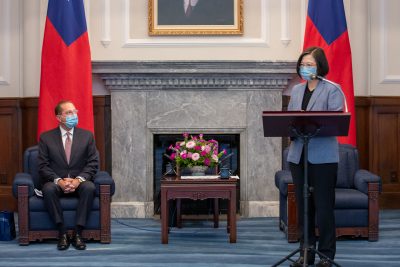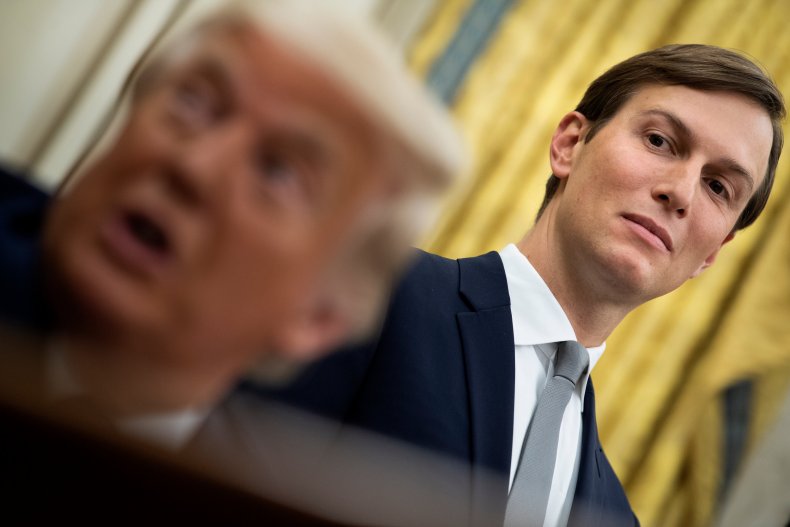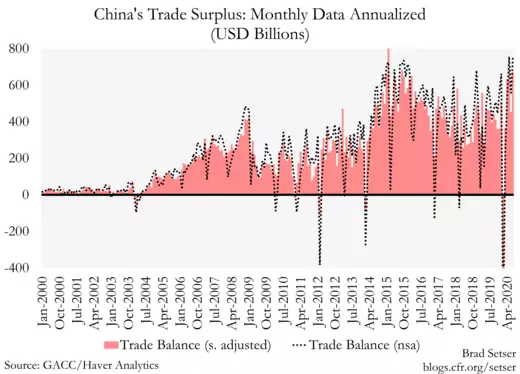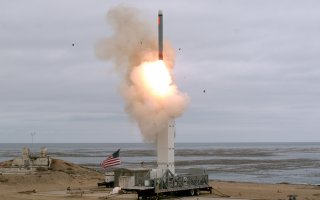 A once in a decade series of events in the Asia-Pacific region have conspired to bring about closer ties between America’s most important allies in the Asia-Pacific. Regardless of who wins the election in November, the U.S. has an opportunity to expand this emerging alliance to include other areas of potential cooperation beyond nominal defense ties.
A once in a decade series of events in the Asia-Pacific region have conspired to bring about closer ties between America’s most important allies in the Asia-Pacific. Regardless of who wins the election in November, the U.S. has an opportunity to expand this emerging alliance to include other areas of potential cooperation beyond nominal defense ties.
Back in 2007, Japanese Prime Minister Shinzo Abe sought to bring together his country, the United States, Australia, and India with a security arrangement that serve as a bulwark against Chinese expansion in the Indo-Pacific. From the U.S. perspective, key supporters included Vice President Dick Cheney and Republican presidential candidate Sen. John McCain. These efforts fizzled in 2008, but in 2017 the the Trump administration began—quietly and with little fanfare—to reknot the undone defense ties among the nations. The grouping known as the Quadrilateral Security Dialogue was relaunched that year. Analysts in all four countries often refer to it simply as “the Quad.”
China’s increasingly assertive behavior in territorial disputes is causing concern across the Indo-Pacific from Ladakh to Japan’s Senkaku Islands. The governments in all four countries have also taken notice of China’s behavior in the South China Sea where it has militarized a series of artificial islands along one of the world’s busiest maritime transit corridors. Internally, China’s behavior toward Hong Kong or minority groups like the Uighurs is just as worrying.








/cloudfront-us-east-1.images.arcpublishing.com/mco/K6EPMWFDORC6FHFFLYSHHZ3XRI.net2414f7d86cb74b5eb01f4763b111a254635979665113267457)




